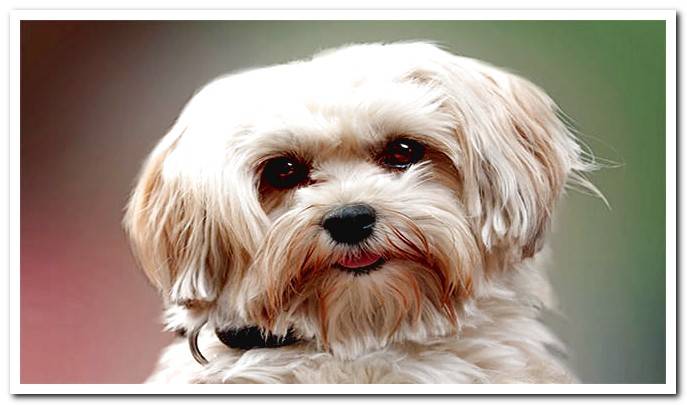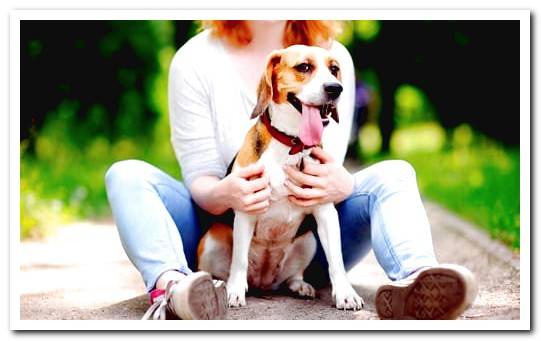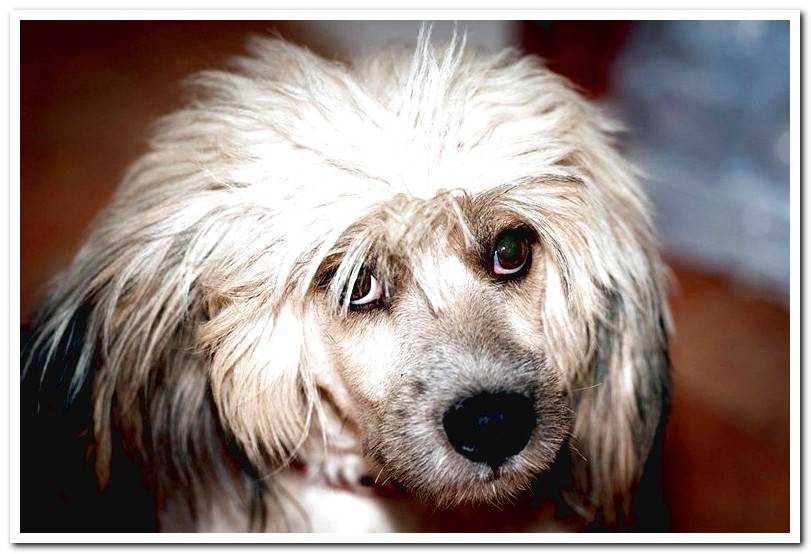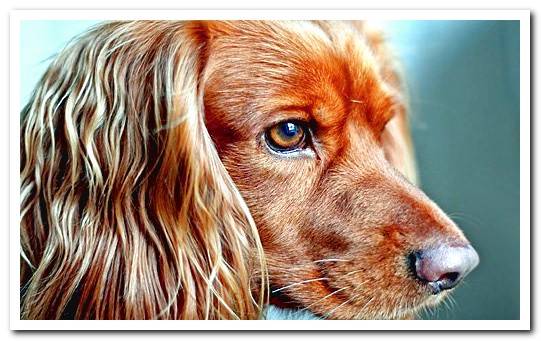
Each dog is different from the rest even if it belongs to the same breed, it has a unique character and unmatched physical characteristics, among which its coat normally stands out.
As there are several types of hair, there are also different ways to take care of them, to maintain good hair health, a good shine and avoid hair loss or parasites. From Dogsis we are going to explain how you should take care of each one of them.
Index of contents
- 1 Dogs with short hair and tips to take care of it
- 2 Long-haired and groomed dogs
- 3 Dogs with curly hair and maintenance
- 4 Hard-haired dogs What care do they need?
- 5 How to make my dog have shiny hair?
- 6 Can I change the color of my dog’s hair?
Dogs with short hair and tips to take care of it
Short hair is the most common in dogs, being the most common worldwide regardless of breed. It is also the easiest to care for luckily for those of us who have a puppy with short fur.
Dogs with short hair have many benefits compared to the rest, they do not need to be bathed as often and it is also easier to brush them and keep them free of parasites.
It can be said that a dog has short hair when the hair size does not exceed five centimeters. Some breeds with short hair are the Doberma, the Pit bull or the Chihuahua Among many.

These are the tips to keep our short-haired dog clean and cared for:
- A bath with special soap for dogs once every four to six weeks.
- Brush our dog a few times a week with a specific brush for short hair.
- Check for parasites once a week
Not all dog brushes are created equal, each one is designed for a specific hair type, you can learn more from: Types of brushes for dogs.
Long-haired and groomed dogs
When our dog’s hair is over six centimeters long hair is considered. This type of hair is more complex to care for since it requires more attention and work, but well cared for it looks great.
The most common problems in long-haired dogs are the appearance of knots, the entanglement of plant remains and the location of parasites. So we must be patient and take it as something usual that we are going to have to do if or if.
Some of the best known long-haired breeds are the Pekingese, the Puli or the Setter among so many. Many of these dogs must go to the groomer several times throughout the year, as their fur continues to grow constantly.

To keep our dog’s long hair healthy and clean, we must follow these tips:
- Bathe our dog with a soap and special softener for dogs every four weeks.
- Brush our dog five to seven times a week, practically every day.
- Use special pipettes and collars against parasites, as manual checks will be complex due to the large volume of hair.
One of the most important aspects to take into account is knowing how to bathe our dog thoroughly, taking time to do it well. You can get more information from: How and when to bathe a dog.
Dogs with curly hair and maintenance
Dogs with curly hair are also long-haired dogs, but the characteristics of their hair makes it even more complex to keep it shiny and free of parasites, so we will need to use ourselves more thoroughly.
Some of the best-known breeds of curly-haired dogs can be the Spanish Spaniel, the Bichon Frize and even some copies of Cocker. Some of these breeds accept the haircut well, which helps a lot to keep their skin and other hair healthy and clean.
The main cares for a curly-haired dog are:
- Bathe our dog every three or four weeks, sooner if it gets dirty playing.
- Brush him daily with a specific brush for long curly-haired dogs.
- Use veterinary products for the prevention of parasites such as fleas or ticks.
We should not make the mistake of thinking that this type of hair is the same as long hair, since being curly is even more complex to clean and style. We must have patience and take advantage to bond with our dog while we take care of his hair daily.
Hard-haired dogs What care do they need?
Hard-haired dogs are those that have very thick fur due to their own genetics, they can be short (less than five centimeters) or medium-sized (between five and ten centimeters).
Some breeds like the Korthals Griffon have really hard and untamable hair, something that many owners try to change with special food and care, but that they will never achieve because that is their natural hair.
Having hard hair is not a problem for a dog, rather the opposite since in a certain way it protects it more against chafing. They just need a few simple maintenance cares:
- A bath every four to six weeks to remove dirt.
- Brush it with a special but thick comb, a few times a week.
- Check for parasites once a week.

How to make my dog have shiny hair?
For a dog to have very shiny hair, several important factors come into play, the most obvious being the dog’s own genetics. We must assume that some breeds have very shiny hair quite naturally while others do not have as much shine.
The second factor is food, a well fed dog will always have more beautiful hair than a poorly fed dog, because the lack of nutrients and Omega fats are also noticeable in the hair.
There are some foods that help a dog gain more shine in its hair in a few weeks, among which fish oil stands out. Do not miss: Fish oil for dogs.
And finally something that depends directly on us, bathing our dog when he needs it and using a high-quality shampoo specifically for dogs. Dogs have a different pH than humans and therefore they need a special shampoo.
Can I change the color of my dog’s hair?
Yes and no, we cannot make a dog that is black white, but we can make the intensity of its color improve. For example, a brown colored dog can become a deep brown, tan colored dog.
Our dog’s pigmentation can vary by adding foods such as oats to his diet, which intensifies hair color. Other products such as fish, provide large amounts of Omega that also influence the appearance of the hair.
Elderly dogs naturally change the color of their hair, turning white mainly on the mustache and muzzl
e. Something completely normal that should not worry us.
If your dog has any type of allergy, you may also notice changes in the color of its hair or even in the amount, since it is possible that it may have a greater fall. In this case you should always consult the vet.
If you liked the article and found it useful, help us keep the web going! : Give “Like” or Share it on social networks 🙂 Thank you!
